I can remember my journey into parenthood as a bit overwhelming! There is a lot to navigate. What kind of child care will we need? Breastfeeding or formula feeding? Is this poop normal? There’s a lot to learn as a new parent. What size diapers are right? Will my child thrive? And the most important thing of all—how do you raise a child who understands right and wrong, justice and injustice?
When you think of your baby or toddler, it may seem like they’re too young for issues like antiracism, justice, and equity. But race is part of a child’s life from day one. Here is a place to start—five facts about how children come to understand differences, starting from birth:
1. Children notice difference
This ability starts from a very young age—as young as three months old. As children grow, they notice a wide range of differences, including skin color, facial features, voice, hair color/texture/length, assistive equipment like a wheelchair, etc. Children notice and name these differences as a necessary and expected part of development.
2. Differences should not be used to stereotype
Our race and ethnicity are part of who we are and give us a sense of pride and belonging. But it’s important to know that race is more of an idea than an actual thing. This idea of race has been used, across history, to grant unfair privilege to some groups and cause harm to others.
3. RACISM IS TAUGHT
Our kids are learning from us all the time, even when we think they aren’t watching. We all have biases (ideas about other groups), and these ideas are passed along to our children through everyday interactions. Parents’ attitudes about race are reflected in children’s attitudes about race, beginning in early childhood.
4. Bias in race start early
Soon after, preschoolers between 3 and 5 may use race as a reason to include or exclude children from play and other activities.
5. Diversity is crucial!
Attending a diverse preschool and building cross-race friendships increases the chance that children will enjoy cross-race friendships and show less racial bias when they enter school—all the way through third grade.v On the other hand, research has found that white children in primarily white preschools show more stereotypes of other racial groups.
Talking to our children about antiracism is part of our responsibility as parents. But this path forward isn’t always easy. It can be hard to recognize our own biases toward other groups. Re-thinking our views on race may mean that relationships with family or friends change in significant or painful ways. Reaching out for support can help us do this hard and necessary work.

